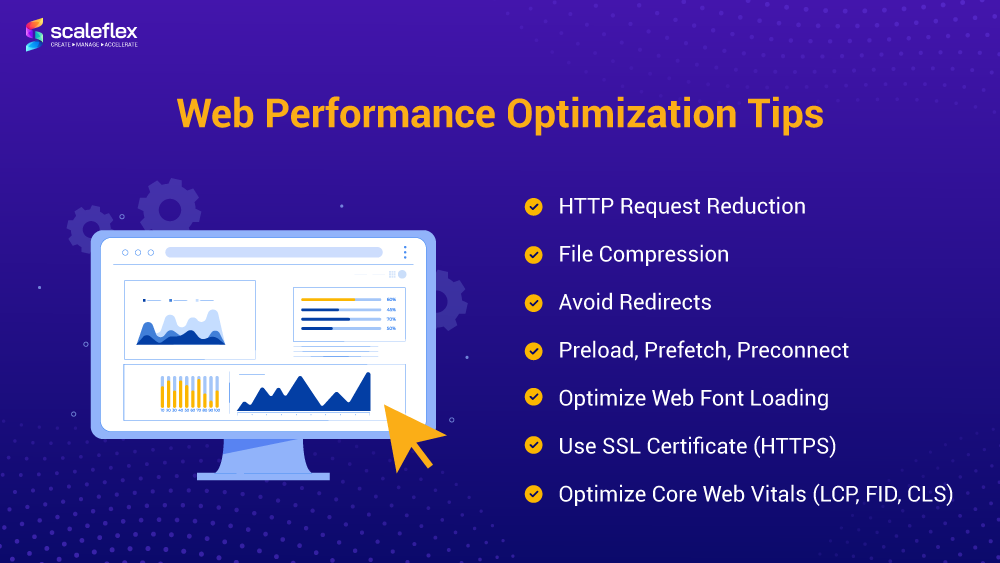Shop At Haya: Your Ultimate Shopping Guide
Discover the best shopping tips, trends, and deals for a smarter buying experience.
Speedy Websites: Because Waiting is So Last Season
Boost your site's performance! Discover how speedy websites can enhance user experience and keep visitors coming back for more.
The Importance of Website Speed: Why Fast Loading Times Matter
In today's digital age, website speed is paramount for user experience and search engine optimization (SEO). Studies have shown that even a one-second delay in loading time can lead to a significant drop in conversions. Users expect a seamless browsing experience, and if your website takes too long to load, they are likely to abandon it for a competitor's site. Therefore, ensuring that your website loads quickly can improve user satisfaction and retention, making it a crucial factor for the success of any online business.
Moreover, search engines like Google take loading times into account when ranking websites. A slow-loading site can negatively impact your SERP (Search Engine Results Page) ranking, making it harder for potential customers to find you online. To enhance both user experience and SEO, consider optimizing images, leveraging browser caching, and minimizing server response times. By prioritizing website speed, you not only improve your site's performance but also bolster its visibility, ultimately driving more traffic and generating leads.

Top Tips for Optimizing Your Website's Speed
Website speed is crucial for both user experience and search engine optimization. A faster website not only keeps visitors engaged but also improves your site's ranking on search engines. Here are some top tips for optimizing your website's speed:
- Optimize Images: Large image files can significantly slow down your website. Use tools to compress images without sacrificing quality. Consider using next-gen formats like WebP to enhance loading speed.
- Minimize HTTP Requests: Each element on your page (images, scripts, stylesheets) requires a separate HTTP request. Reduce the number of elements on your pages by combining files and removing unnecessary plugins.
Additionally, caching can be a game-changer for enhancing your website's performance. By implementing browser caching, you can store static files on users' devices, allowing them to load pages faster when they revisit your site. Use a Content Delivery Network (CDN) to distribute your content globally, reducing latency and improving load times for visitors regardless of their geographic location. Finally, make sure to regularly monitor and test your site’s speed to identify any issues that may arise and continuously optimize for the best performance.
Is Your Website Slow? Here’s How to Test and Improve It
Having a slow website can significantly impact user experience and SEO rankings. To determine if your website is underperforming, you can utilize several testing tools that measure page load speeds. Some popular options include Google PageSpeed Insights, GTmetrix, and WebPageTest. Simply enter your website URL, and these tools will provide insights into speed performance, as well as detailed recommendations on how to improve it. Take note of the following key metrics that indicate speed issues:
- First Contentful Paint (FCP)
- Time to Interactive (TTI)
- Fully Loaded Time
- Speed Index
Once you've identified that your website is indeed slow, it's time to implement changes that can enhance its performance. Start by optimizing images, as they often become the primary culprits for sluggish loading times. Use tools to compress image files without losing quality. Additionally, consider minifying CSS and JavaScript files to reduce their file size. Implementing a content delivery network (CDN) can also improve loading times by distributing resources across different servers worldwide. Lastly, regularly review your hosting service—upgrading to a more robust plan can make a significant difference in speed, ultimately leading to better user engagement and improved search rankings.